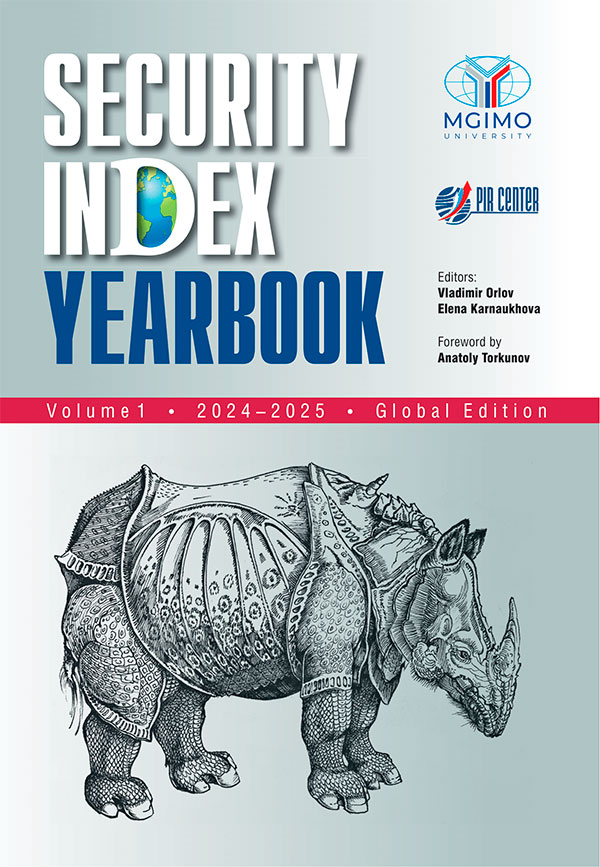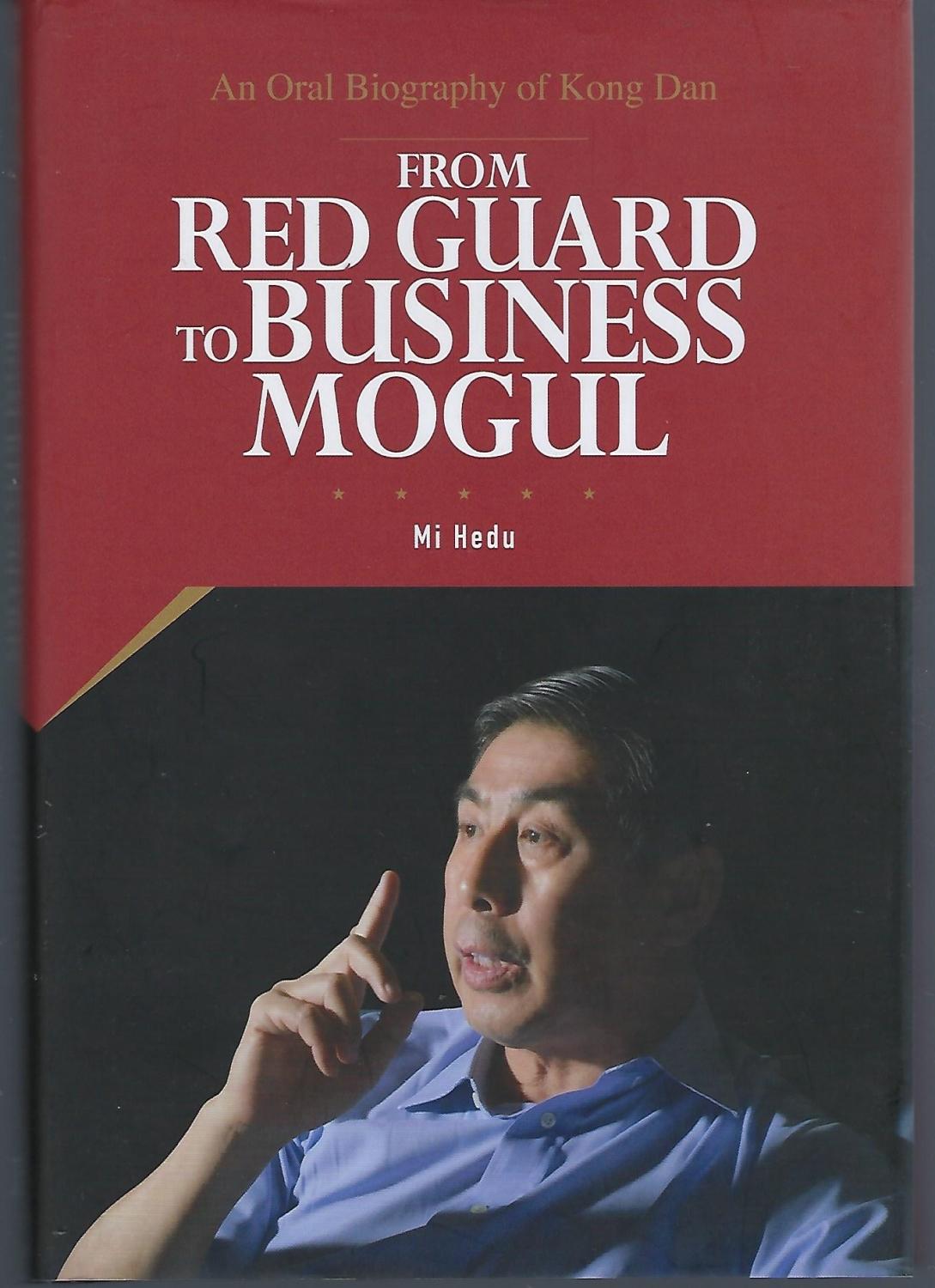... feature of the Indian foreign policy is a commitment to carefully balancing its ‘Indo-Pacific’ aspirations and its ‘Eurasian’ priorities. India might have reservations about BRICS or SCO, but these two organizations are essential to balance Quad and other formats of growing cooperation with the West. Furthermore, a deeper engagement with Washington will not likely prevent New Delhi from maintaining its traditional friendships in Eurasia and exploring new opportunities with Russia or Iran. Evidently, India will not wish to stand together with the U.S. in its approach to Tehran or Moscow and will avoid complying with U.S. sanctions whenever possible.
Recently, especially in the wake of the U.S. withdrawal from Afghanistan,...
... leadership will have no realistic alternatives but embark on a closer rapprochement with Washington, while Russia will be forced to drift further towards Beijing. This will allegedly result, albeit not in the near future, in the official establishment of Russia–China and India–U.S. political and military alliances—or, as far as the latter case goes, in the Quad transforming into a multilateral alliance similar to the recently established AUKUS (between Australia, the UK and the U.S.).
Pessimists believe that Moscow and New Delhi do not share perspective on the future of global politics, with the gap becoming ...
...
Manifestations of Russian-Indian relations losing their past dynamics are plenty. The bilateral trade is negligible. Today, Russia trades with India about 10 times less than it does with China. The military technical cooperation between Moscow and New ... ... industrial strategy. There are significant areas of disagreement between the two countries on many international matters including QUAD, Afghanistan, the China-proposed Belt and Road Initiative and others. In 2020, for the first time in 20 years, Moscow and ...
... it is natural that Australia would work with like-minded countries in such arrangements. Other countries also pursue minilateral engagement. Russia, for instance, engages in minilateral processes, including the BRICS, China-Russia-India and China — Russia — Mongolia.
The Quad also complements the role of the Association of Southeast Asian Nations (ASEAN) and ASEAN-led regional architecture, such as the East Asia Summit. As committed ASEAN dialogue partners, all four Quad countries are strong supporters of ASEAN-centrality....



